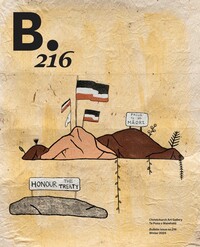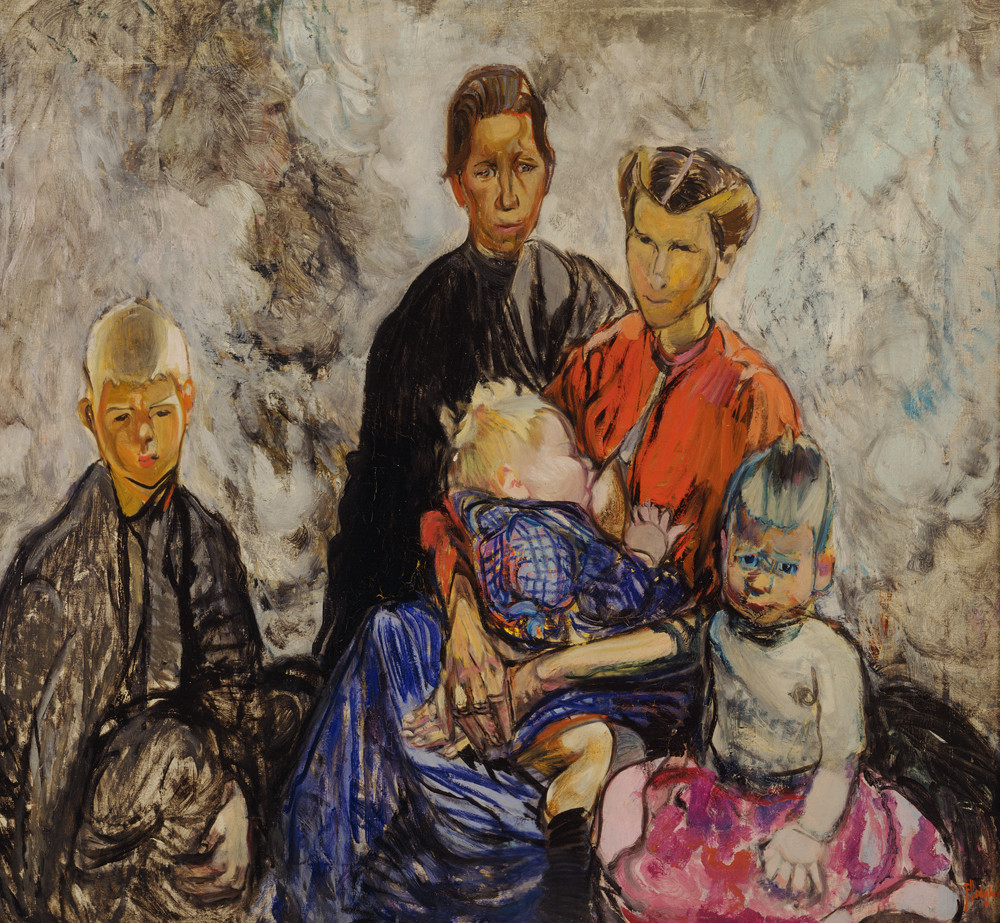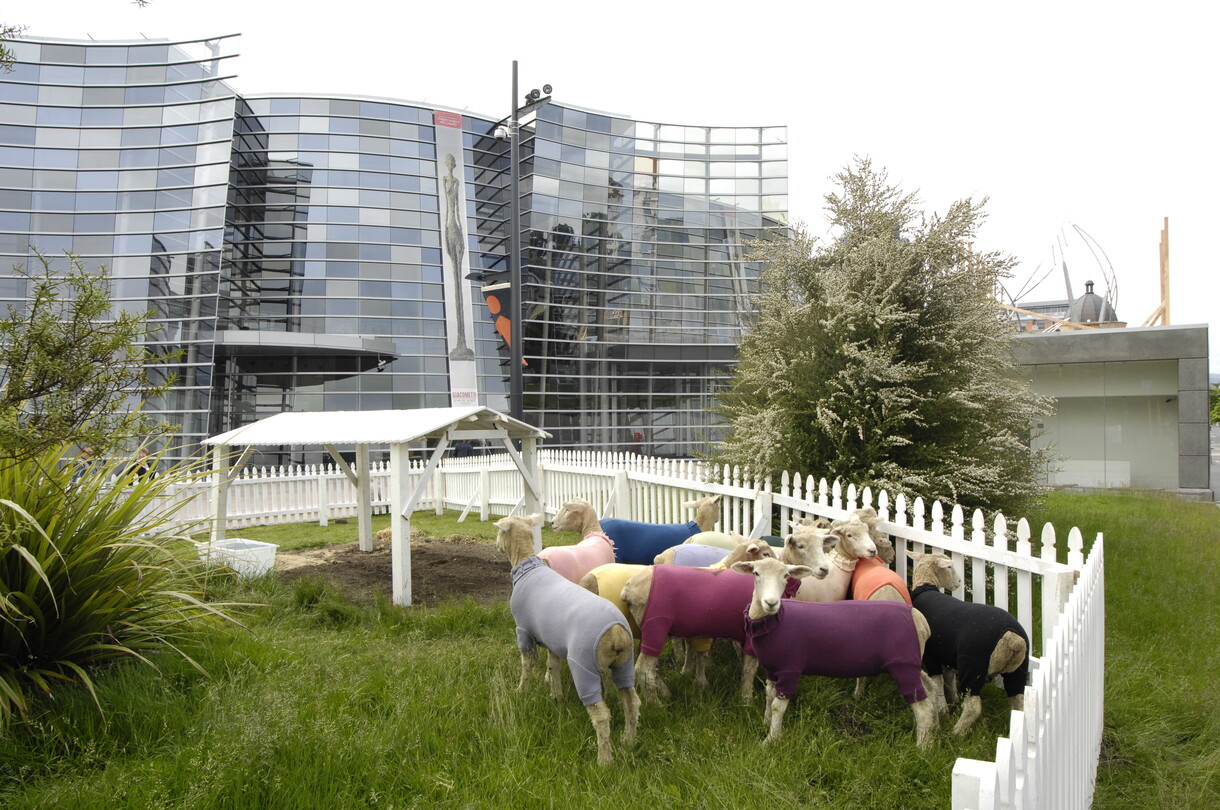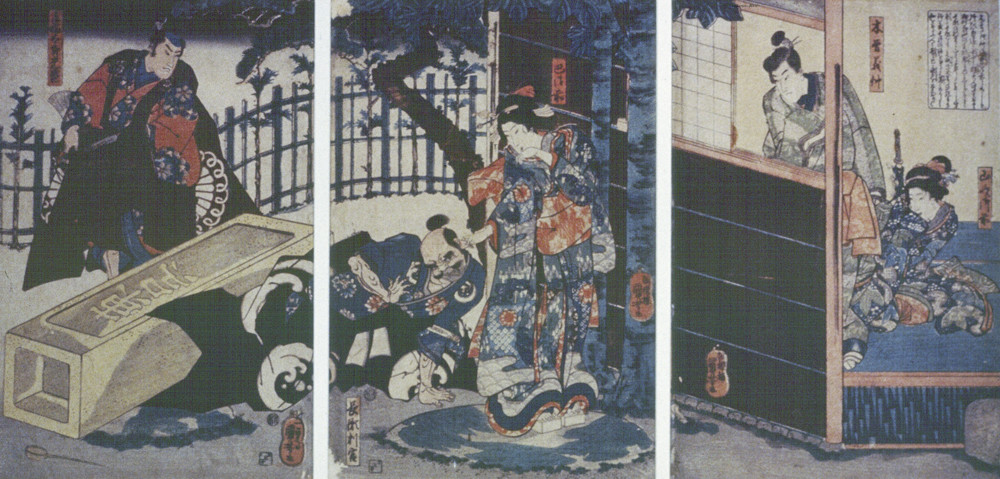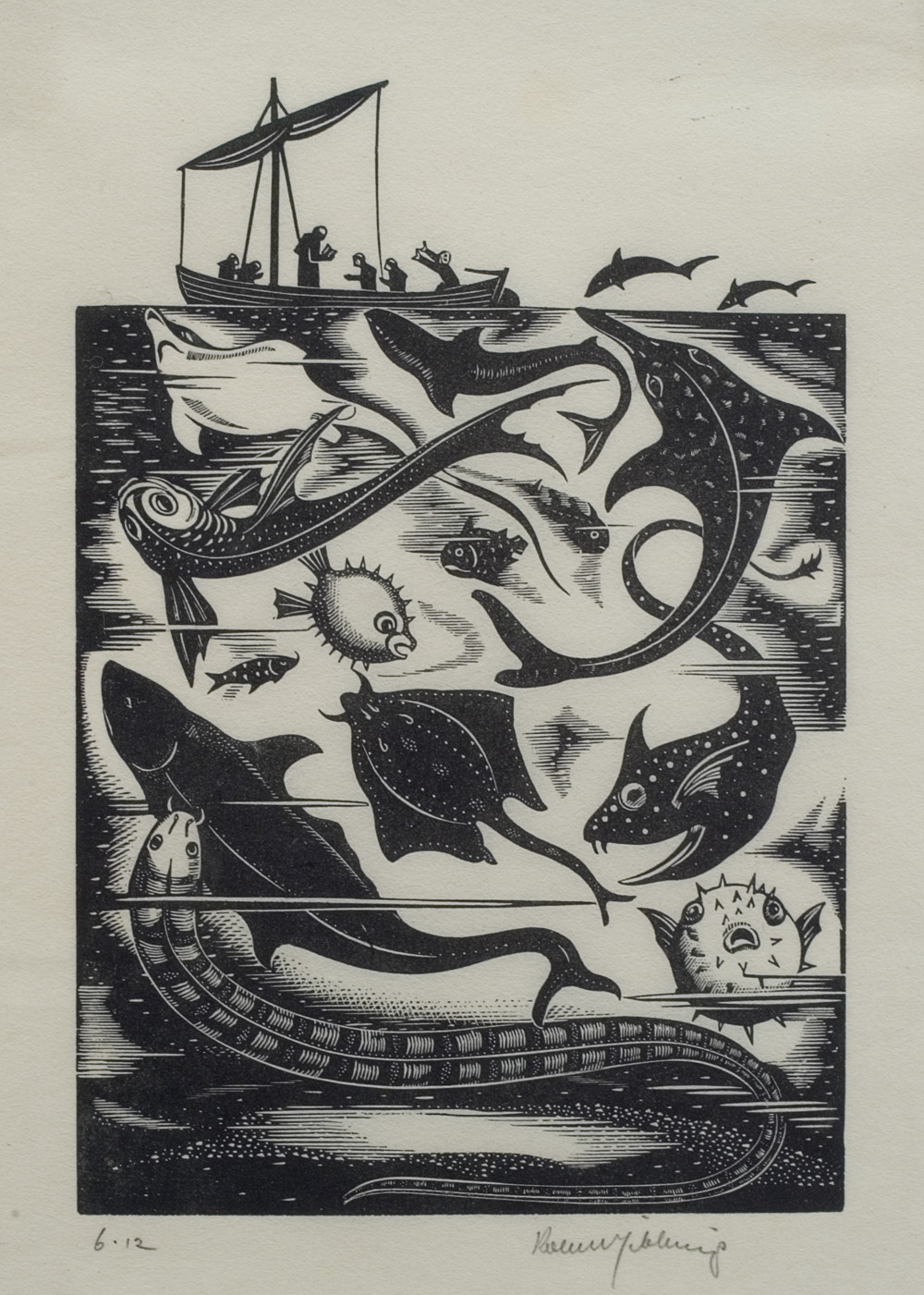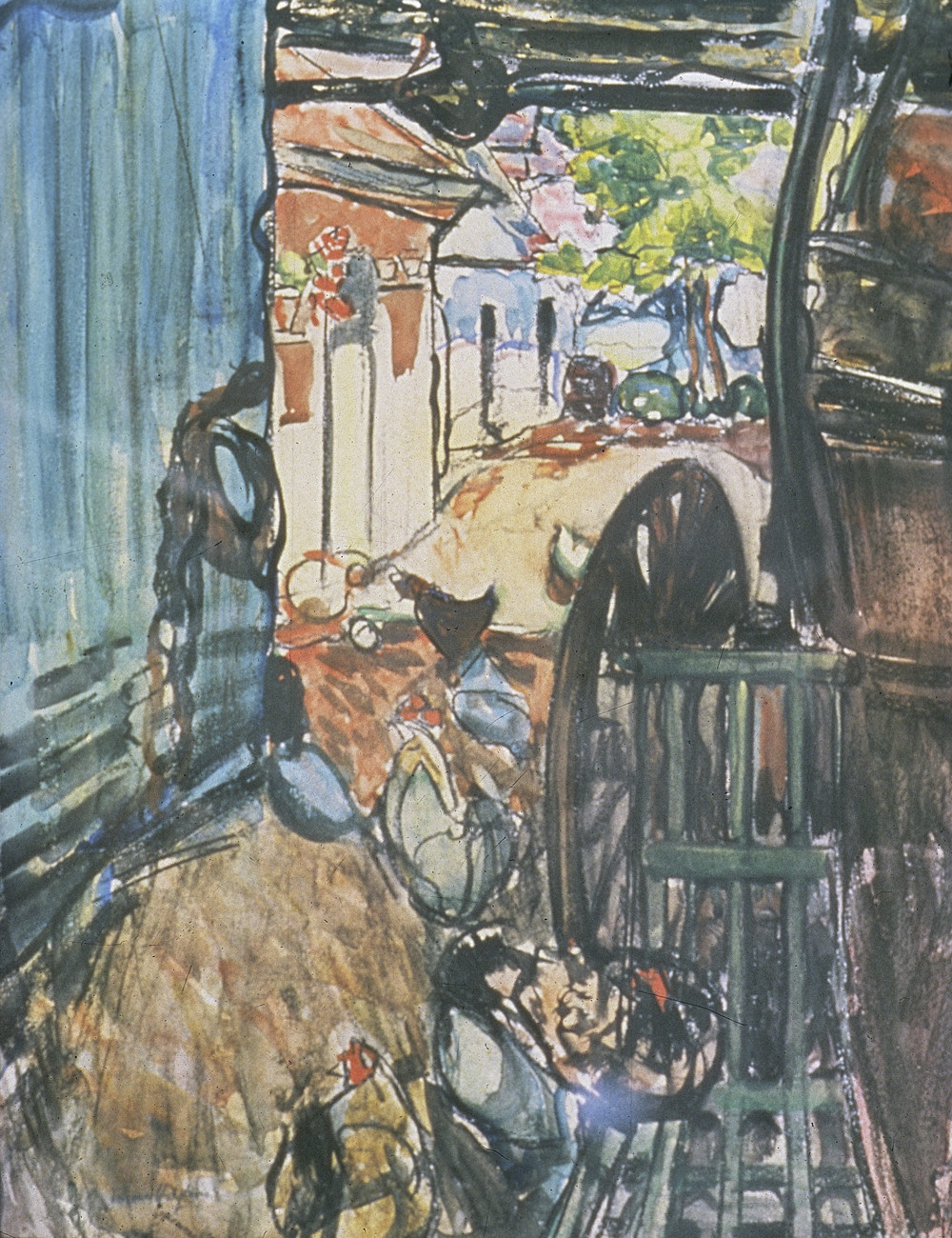What’s On
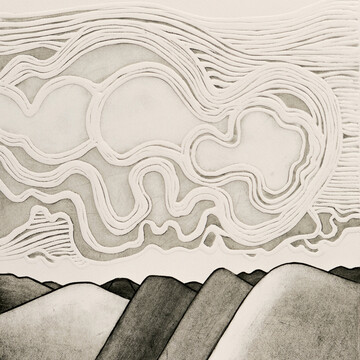
Marilynn Webb: Folded in the Hills
A major survey exhibition of Ngāpuhi, Te Roroa and Ngāti Kahu artist Marilynn Webb.

From Here on the Ground
Populated places and cityscapes converge with backyards, factories and remote railway stops. Open now!
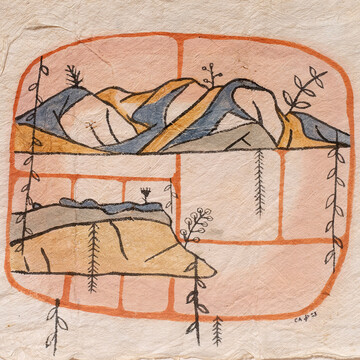
Cora-Allan: Encountering Aotearoa
A major body of new work that considers the whenua from the vantage point of the moana.
Open 7 days, 10am - 5pm
Late night Wednesday until 9pm
Free entry, free wifi

